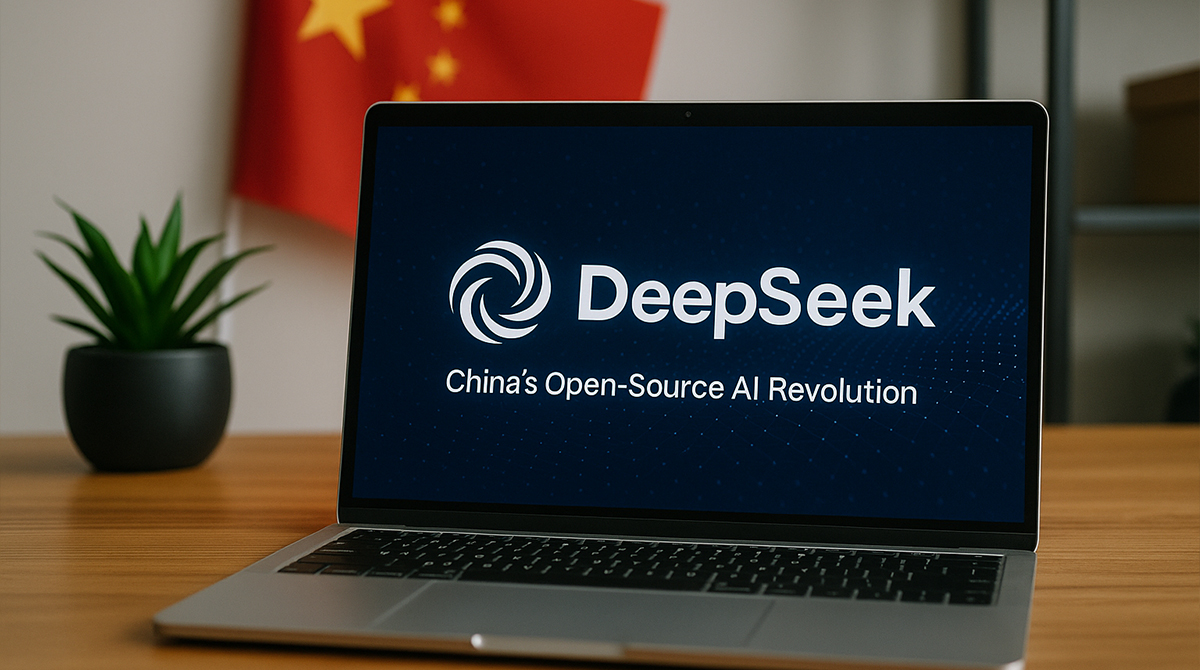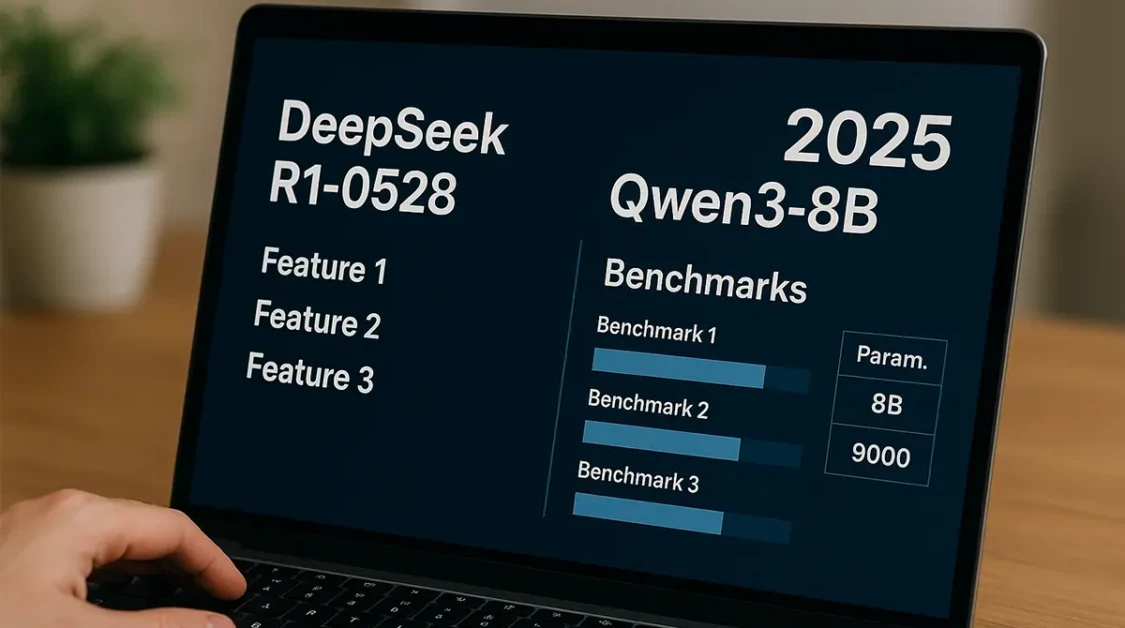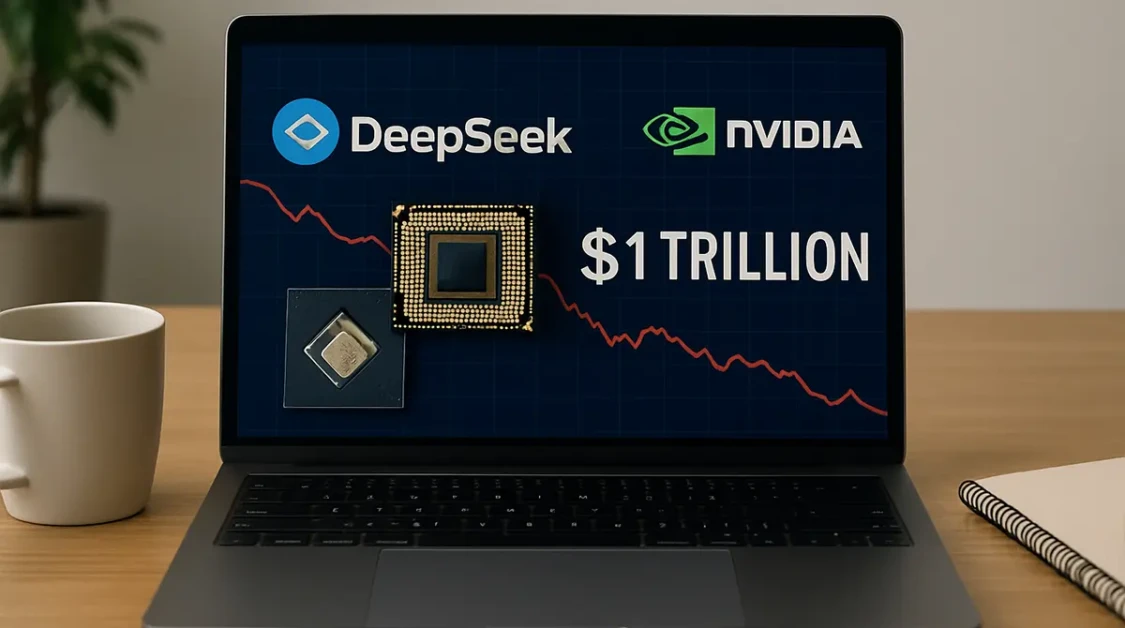China’s artificial intelligence landscape experienced a seismic shift when DeepSeek emerged as the nation’s most ambitious open-source AI project. This breakthrough initiative represents more than technological advancement—it symbolizes China’s commitment to democratizing powerful AI capabilities while challenging Western dominance in machine learning infrastructure.
What is DeepSeek?
DeepSeek operates as a comprehensive ecosystem of language models, vision transformers, and multimodal AI systems released under permissive open-source licenses. Unlike traditional Chinese AI projects operating in proprietary silos, this initiative makes weights, training datasets, and technical architecture publicly accessible.
The project launched through collaborative efforts between leading Chinese universities, technology companies, and government research institutions. Initial releases surprised global AI communities by demonstrating capabilities comparable to Meta’s Llama 2 and Anthropic’s Claude, despite significantly lower computational budgets.
DeepSeek’s philosophical foundation centers on community-driven development. Chinese developers actively contribute improvements through GitHub repositories, WeChat discussion groups, and specialized Chinese-language AI forums. This grassroots approach has accelerated iteration cycles beyond traditional corporate development timelines.
DeepSeek’s Major Models
The ecosystem encompasses several distinct model families optimized for specific applications. DeepSeek-Coder series focuses specifically on software development tasks, achieving remarkable performance in code completion, debugging assistance, and programming language translation across Python, JavaScript, C++, and emerging languages like Rust.
DeepSeek-VL represents their vision-language model lineage, capable of processing images alongside text queries. Recent benchmarks indicate superior optical character recognition accuracy for Chinese characters compared to Western alternatives. The model particularly excels in document analysis, diagram interpretation, and visual question-answering scenarios.
For general conversational interactions, DeepSeek-Chat models strike balance between helpfulness, accuracy, and Chinese cultural context. These systems demonstrate nuanced understanding of Chinese historical references, contemporary social issues, and business communication styles often missed by international competitors.
| Model Series | Primary Use Case | Parameter Scale | Benchmark Performance |
|---|---|---|---|
| DeepSeek-Coder | Software Development | 7B-33B | 67.7% HumanEval |
| DeepSeek-VL | Multimodal Applications | 13B-67B | 85.2% MMMU |
| DeepSeek-Chat | General Conversation | 7B-70B | 8.37 MT-Bench |
Performance & Industry Impact
Quantitative evaluations reveal DeepSeek’s models consistently outperform similarly-sized alternatives across multiple metrics. Chinese AI research consortium evaluations demonstrate 15-20% improvement in Chinese language comprehension tasks compared to equivalent Western models. English capabilities remain competitive, though edge cases involving complex idiomatic expressions occasionally expose limitations.
The industry impact extends beyond technical benchmarks. Chinese technology companies rapidly integrate DeepSeek models into existing products without licensing fees or usage restrictions. Consumer-facing applications include smart home devices, educational tutoring systems, and e-commerce recommendation engines previously dependent on expensive proprietary AI services.
Chinese government agencies leverage DeepSeek for public service automation. Municipal governments deploy chatbots for citizen inquiries using localized variants. The Ministry of Education incorporates model capabilities into teacher training programs and curriculum development tools. These implementations demonstrate practical applications beyond theoretical research contexts.
- Baidu’s Search Enhancement: Integration improved Chinese query understanding by 23%
- Alibaba’s Customer Service: Response accuracy increased while operational costs decreased 40%
- Tencent’s Gaming AI: NPC dialogue generation became more culturally authentic
Global technology companies have taken notice. Microsoft expanded Azure cloud credits specifically for Chinese developers experimenting with DeepSeek variants. Google researchers published detailed technical comparisons while acknowledging certain architectural innovations worth incorporating into future iterations.
Applications & Use Cases
Healthcare represents one of DeepSeek’s most transformative application domains. Chinese hospitals implement diagnostic assistance systems using medical-specialized model variants. Radiology departments utilize vision models for CT scan analysis, achieving radiologist-level accuracy for common conditions while dramatically reducing analysis timeframes.
Financial services emerge as another critical sector. Chinese banks deploy fraud detection systems leveraging DeepSeek’s pattern recognition capabilities. Credit scoring algorithms incorporate alternative data sources through model analysis, expanding financial access for underbanked populations previously excluded from formal banking systems.
Educational technology companies create personalized learning experiences utilizing DeepSeek’s pedagogical understanding. The models excel at explaining complex Chinese literature concepts, mathematical problem-solving strategies, and historical analysis tailored to individual student comprehension levels. Rural schools gain access to educational resources previously available only in major urban centers.
- Manufacturing Quality Control: Vision systems identify defects in electronics assembly lines with 99.2% accuracy rates.
- Legal Document Analysis: Law firms automate contract review processes, reducing legal preparation time by 60%.
- Agricultural Optimization: Farmers use weather and soil data analysis for precision farming techniques across diverse Chinese climates.
Risks, Privacy & Regulatory Concerns
Open-source distribution creates complex regulatory challenges for Chinese authorities. Government officials balance innovation encouragement against information security concerns. Recent regulations require model developers to implement content filtering systems preventing outputs that could compromise national security or social stability objectives.
Privacy implications arise through training data sources. DeepSeek models learned from vast internet corpora including personal information, copyrighted materials, and sensitive data. Western privacy advocates question whether sufficient safeguards exist for globally-distributed model variants accessible outside Chinese jurisdiction enforcement capabilities.
Censorship mechanisms built into Chinese-language versions create international tension. While English variants operate with minimal restrictions, Chinese-language models include mandatory blocking of certain political topics, historical events, and social issues. This bifurcated approach raises questions about technological sovereignty versus universal information access principles.
- Data Localisation Disputes: International users question whether interactions route through Chinese servers
- Model Watermarking Ethics: Debates continue around traceability features enabling content tracking
- Export Control Implications: Western governments consider whether advanced model weights constitute strategic technology
The cybersecurity community expresses particular concern regarding potential backdoor implementations. Open-source transparency allows extensive security auditing, yet subtle vulnerabilities could persist undetected across rapid iteration cycles. Security researchers from both Chinese and international institutions conduct ongoing penetration testing.
Looking forward, DeepSeek’s trajectory suggests continued expansion into specialized domain applications while navigating increasingly complex geopolitical tensions. The balance between open-source ideals and national security imperatives remains delicate. Success depends not only on technical excellence but diplomatic frameworks enabling global collaboration despite political tensions.
China’s approach to AI development through DeepSeek fundamentally challenges assumptions about innovation requiring either complete openness or absolute sovereignty. The project’s evolution offers valuable insights for other nations wrestling with similar technological governance questions in an increasingly fragmented global AI landscape.



